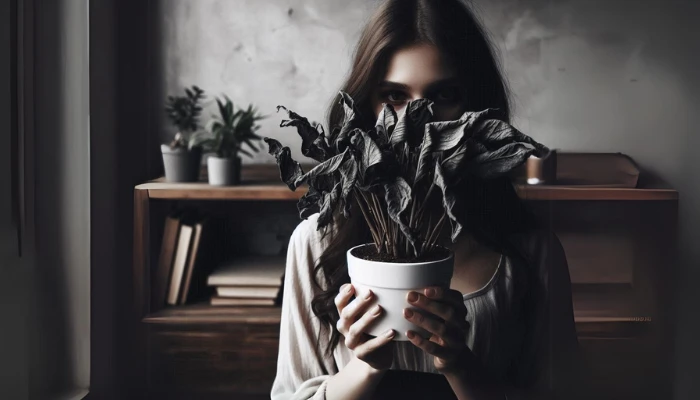A cut flower garden isn’t only for those with backyards. In fact, you can enjoy a beautiful container garden of fresh flowers waiting for a vase right on your apartment or condo balcony.
Several varieties of popular cut flower plants grow very well in containers.
Follow these six steps, and you will be creating your own cut flower arrangements in just a few months.
6 Simple Steps to Have Your Own Balcony Container Flower Garden
Step 1: Pick out your preferred beauty.
The first thing you need to do is decide what type of flowers you want to grow. A list of popular cut flower plants that grow well in containers is provided below.
Try to include both annuals and perennials, so you will have blooms for an extended time.
Step 2: Eye up your space.
Take a look at your balcony and figure out how much space you have available for your garden.
Keep in mind when figuring out your garden layout that you will want to give your plants the largest container possible for the space you have available.
Knowing the amount of space you have available, you can get an idea of how many containers will fit in your space and how many plants you will need.
Step 3: To buy or to plant?
You have two options for acquiring the plants for your garden. You can buy plants from a nursery, or you can start your plants from seed.
Keep in mind though that you will need to start your seeds at least 6-8 weeks before spring planting time. Now that you have a list of plants you want to grow and an idea of how many containers and plants you need, it’s time to head to the nursery for your plants and supplies.
Choose the containers that you want for your garden. You will also need enough soil to fill each container, small pebbles for drainage in each container, compost, slow release fertilizer and enough mulch to cover your soil.
When you are picking out your plants, be sure each variety you choose has a care instruction tag with it. Having this information handy will make caring for your plants a lot easier.
If you have chosen plants that will have tall flowers, you might consider picking up some plant supports for those plants.
Step 4: Get yourself ready to go!
Take all of your plants and supplies out onto your patio and place a layer of small pebbles on the bottom of each container, then add soil, slow release fertilizer and compost to each container and mix well.
Be sure to only fill the containers 3/4 full to allow space to add your plants and top off the soil and add a layer of mulch to your containers.
When planting your containers, it is recommended to give each type of flower its own container. Doing this will extend the amount of time you will have blooms.
You can also plant varieties that bloom at different times of the season in the same container, so you will always have something in your container that is blooming.
Once you have placed your plants into the containers, place soil around each plant, then water and apply a layer of mulch around each plant to help retain moisture.
Step 5: Keeping vases full takes hard work!
You will need to do regular maintenance on your garden to keep your plants blooming well. This is where the care instruction tags come in handy, they will provide you with tips on the proper care for the best blooms.
You will need to make sure your plants are watered regularly. Water stressed plants will produce fewer and smaller blooms.
You also need to remove any dead blooms from your plants. This will encourage your plant to make more blooms.
Step 6: Cut them, arrange them and enjoy them.
When your plants are blooming, and you can start harvesting the blooms, always do your cutting early in the morning or in the evening.
Always avoid harvesting in the heat of the day.
Take a bucket of water out with you when you harvest, so you can place the blooms directly into the water after cutting.
Cut the stems on a slant and remove any leaves that will be below the water surface in your vase. Be sure to not remove all the blooms at once, space your cuttings, so your plants will continue to bloom.
Try to cut the flowers, so you have some that have not bloomed, some that are just starting to bloom and some that have bloomed. Doing this will help your arrangements last longer.
Consider adding a crushed aspirin or a cut flower food to the water in your vases to extend the life of your arrangements.
Inspiration Break!
Popular Cut Flowers For A Balcony Container Garden
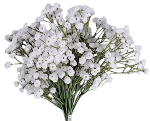
Baby's Breath
Baby's breath may be annual or perennial, and grow in rose, pink and white with single or double blooms.
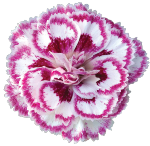
Carnations / Dianthus
Grown abundantly for cut flowers, carnations come in a wide array of colors and sizes.
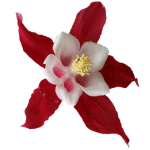
Columbine
Columbines have unique-looking flowers. With their dangling bell-like shape and spurs at the back, there is nothing else quite them.
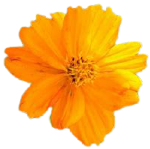
Cosmos
Cosmos are annual flowers with colorful, daisy-like flowers that sit atop long, slender stems. Available in 12 types with a multitude of color options.

Dwarf Sunflowers
They might be small, but they don’t lack in vibrant yellow blooms. The flower heads measure a few inches in diameter, and the flowers are typically 3 feet tall or shorter.

Foxglove
Foxglove flowers are clusters of tubular shaped blooms in colors of white, lavender, yellow, pink, red, and purple. Growing foxgloves thrive in full sun to partial shade to full shade, depending on the summer heat.

Helebores
Hellebores are among the earliest perennial flowers to bloom with rose-like blossoms. While not related to the rose family, these will grace your balcony with fragrance.

Lamb's Ear
As drought-tolerant perennials, lamb's ear is a flowering member of the mint family. Lamb's ear performs best in full-sun conditions, but it can withstand shade.

Miniature Roses
Miniature roses are great in containers provided them have full sun. While the miniature variety rarely offers the full fragrant experience, these small roses will climb high.
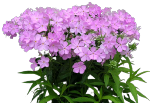
Phlox
Flowers may be pale blue, violet, pink, bright red, or white. There are 67 species of Phlox.

Shasta Daisies
These daisies tend to grow in clumps with all-white daisy petals, yellow disk florets, and contrasting glossy, dark green leaves.
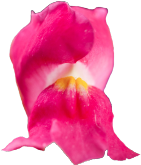
Snap Dragon
The snapdragon is a beautiful flower, and it's fairly easy to grow. The flowers come in a variety of colors including red, white, yellow, pink and purple.
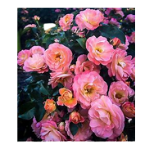
Shrub Roses
Shrub roses combine all the best characteristics of roses into a beautiful, low-maintenance plant, making them one of the easiest classes of roses on the market to grow.
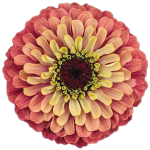
Zinnia
One of the easiest flowers to grow, as they grow quickly and bloom heavily. Zinnia flowers can be found in a wide array of colors.










